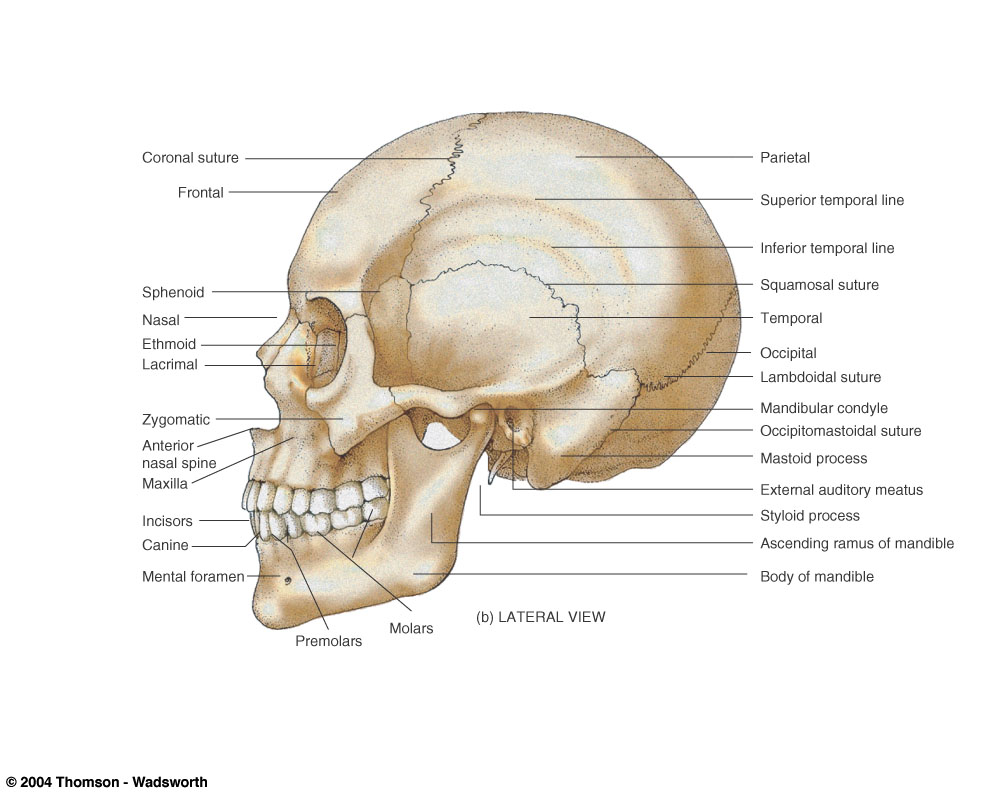

SF are frequently associated with populations that carry heavy loads, such as soldiers and backpackers ( 7).

Notable, with increasing strains or greater strain rates, the number of loading cycles a bone can withstand before a fatigue failure occurs is reduced ( 6). Ultimately, if the activity is not ceased and the bone is not able to self-repair, a complete bone fracture might ensue. When a bone is loaded repeatedly, resulting in repetitive or cyclic strain, the subsequent accumulation of microdamage is believed to be the threshold of a pathological continuum that is clinically manifested as stress reactions and SF. Although SF were reported to occur in most parts of the skeleton, such as in the femur, metatarsals, calcaneus, etc., 20%–60% of the SF in the active population occur in the tibia ( 5). In severe cases, an untreated SF may result in a complete or displaced fracture, requiring surgical intervention. Although in recent years the incidence of SF among military recruits dropped below 12% ( 2,3), this injury is still associated with substantive loss of training days, with mean time to return to preinjury activity of 21 weeks ( 3,4). Stress fractures (SF) are one of the most common and potentially serious overuse injuries among athletes and soldiers who are engaged in frequent and repetitive activity, especially in marching and running ( 1). The methodology presented here is a novel tool for investigating the pathophysiology of SF. Thigh muscle fatigue, load carriage, and a slender tibia were detected as factors that may contribute to the development of SF. It had also been shown that a slender tibia is substantially prone to higher maximal effective strains compared with an average (22% higher) or robust tibia (39% higher). Muscle fatigue has a complex effect fatigued calf muscles (soleus) reduced the maximal effective strains up to 9%, but fatigued thigh muscles increased those strains by up to 3%. Load carriage resulted in ~30% increase in maximal effective strains. The model showed that the tibia is mostly loaded by compression, with maximal strains detected in the distal anterior surface: 1241 and 384 microstrain, compressive and tensile, respectively. In addition, the effect of tibia robustness on strain was analyzed. The model was then analyzed for strains in the tibia under various conditions: unloaded walking, walking with a load equivalent to 30% of bodyweight, and walking under conditions of muscular fatigue. A force that simulated walking was applied on the tibial plateaus. From the undeformed coronal MR images, the geometry of bones, muscles, connecting ligaments, and fat were reconstructed in three dimensions and meshed to a finite element model.
Postview skull scructure full#
The MRI of a healthy, young male was used for full anatomical segmentation of the calf tissues, which considered hard–soft tissues biomechanical interactions. This study aimed to develop a computational biomechanical model of strain in human tibial bone that will facilitate better understanding of the pathophysiology of SF. Stress fractures (SF) are one of the most common and potentially serious overuse injuries.


 0 kommentar(er)
0 kommentar(er)
